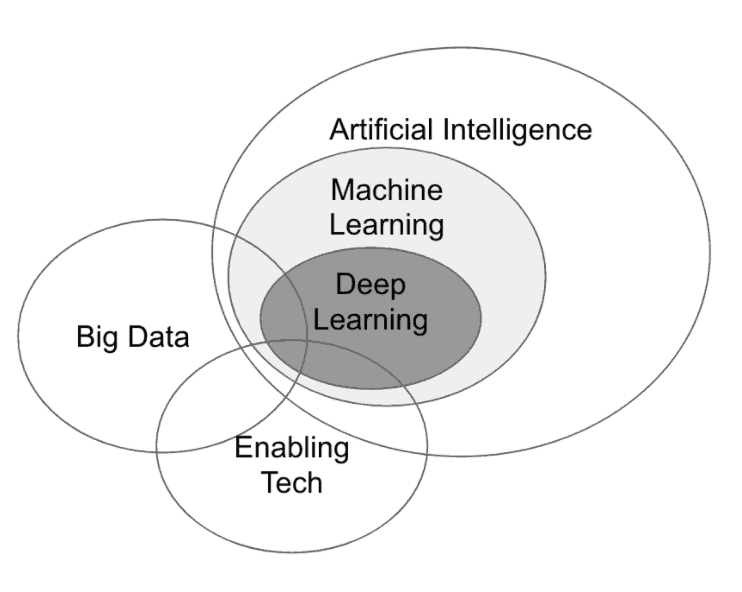Seek launches world’s first mobile Augmented Reality (AR) creation studio — from globenewswire.com
All Mobile Phone Users Can Now Create, Publish and Discover AR Experiences
Excerpt:
Lehi, UT, May 29, 2018 (GLOBE NEWSWIRE) — Today, fast-growing augmented reality startup, Seek, is launching Seek Studio, the world’s first mobile augmented reality studio, allowing anybody with a phone and no coding expertise required, to create their own AR experiences and publish them for the world to see. With mobile AR now made more readily available, average consumers are beginning to discover the magic that AR can bring to the palm of their hand, and Seek Studio turns everyone into a creator.
To make the process incredibly easy, Seek provides templates for users to create their first AR experiences. As an example, a user can select a photo on their phone, outline the portion of the image they want turned into a 3D object and then publish it to Seek. They will then be able to share it with their friends through popular social networks or text. A brand could additionally upload a 3D model of their product and publish it to Seek, providing an experience for their customers to easily view that content in their own home. Seek Studio will launch with 6 templates and will release new ones every few days over the coming months to constantly improve the complexity and types of experiences possible to create within the platform.
Apple unveils new AR file format and ARKit 2.0 — from enturebeat.com by Stephanie Chan
Excerpt:
Apple unveiled its new augmented reality file format, as well as ARKit 2.0, at its annual WWDC developer conference today. Both will be available to users later this year with iOS 12.
The tech company partnered with Pixar to develop the AR file format Universal Scene Description (USDZ) to streamline the process of sharing and accessing augmented reality files. USDZ will be compatible with tools like Adobe, Autodesk, Sketchfab, PTC, and Quixel. Adobe CTO Abhay Parasnis spoke briefly on stage about how the file format will have native Adobe Creative Cloud support, and described it as the first time “you’ll be able to have what you see is what you get (WYSIWYG) editing” for AR objects.
HTC’s New Vive Focus Headset Locker Aims to Put VR at the Forefront of Education in China — from oadtovr.com by Scott Hayden
Apple takes augmented-reality gaming to the ‘next level’ with Lego and slingshot apps — from businessinsider.com by Isobel Asher Hamilton
Excerpt:
- Apple hopes to take augmented-reality gaming to the “next level” with multiplayer apps.
- The company used its developer’s conference to showcase Lego and slingshot games, built using its new and improved AR building software ARKit 2.
- The Lego game allows you to create virtual worlds around your real-life Lego builds.
Apple Swift Shot hands-on — augmented reality goes multiplayer with ARKit 2.0 — from venturebeat.com by Dean Takahasjo
Apple’s new AR features are proof that wearables are coming — from wired.com by Peter Rubin
Excerpt:
That roadmap, of course, is just beginning. Which is where the developers—and those arm’s-length iPads—come in. “They’re pushing AR onto phones to make sure they’re a winner when the headsets come around,” Miesnieks says of Apple. “You can’t wait for headsets and then quickly do 10 years’ worth of R&D on the software.”
Adobe’s Project Aero will let designers easily create AR content using existing Creative Cloud tools — from 9to5mac.comby Michael Steeber
Excerpt (emphasis DSC):
To fully realize the potential will require a broad ecosystem. Adobe is partnering with technology leaders to standardize interaction models and file formats in the rapidly growing AR ecosystem. We’re also working with leading platform vendors, open standards efforts like usdz and glTF as well as media companies and the creative community to deliver a comprehensive AR offering. usdz is now supported by Apple, Adobe, Pixar and many others while glTF is supported by Google, Facebook, Microsoft, Adobe and other industry leaders.
Create Floor Plans With IStaging VR Maker — from vrfocus.com by Rebecca Hills-Duty
Virtual tour app utilises ARKit technology to easily create floor plans.
Excerpt:
There are a number of professionals who would find the ability to quickly and easily create floor plans to be extremely useful. Estate agents, interior designers and event organisers would all no doubt find such a capability to be extremely valuable. For those users, the new feature added to iStaging’s VR Maker app might be of considerable interest.
The new VR Maker feature utilises Apple’s ARKit toolset to recognise spaces, such as walls and floors and can provide accurate measurements. By scanning each wall of a space, a floor plan can be produced quickly and easily.
Where is VR headed? Investors share insights on the industry’s trajectory — fromventurebeat.com by Michael Park
Excerpt:
I’ve interviewed nine investors who have provided their insights on where the VR industry has come, as well as the risks and opportunities that exist in 2018 and beyond. We’ve asked them what opportunities are available in the space — and what tips they have for startups.
Can this explosion-proof AR headset change how industries do business? — from digitaltrends.com by Christian de Looper
Excerpt:
Augmented reality (AR) hasn’t truly permeated the mainstream consciousness yet, but the technology is swiftly being adopted by global industries. It’ll soon be unsurprising to find a pair of AR glasses strapped to a helmet sitting on the heads of service workers, and RealWear, a company at the forefront on developing these headsets, thinks it’s on the edge of something big.
…
VOICE ACTIVATION
What’s most impressive about the RealWear HMT-1Z1 is how you control it. There’s no touch-sensitive gestures you need to learn — it’s all managed with voice, and better yet, there’s no need for a hotword like “Hey Google.” The headset listens for certain commands. For example, from the home screen just say “show my files” to see files downloaded to the device, and you can go back to the home screen by saying “navigate home.” When you’re looking at documents — like schematics — you can say “zoom in” or “zoom out” to change focus. It worked almost flawlessly, even in a noisy environment like the AWE show floor.
How Augmented and Virtual Reality (AVR) Can Benefit the Aviation Industry — from eonreality.com
Excerpt:
David Scowsill‘s experience in the aviation industry spans over 30 years. He has worked for British Airways, American Airlines, Easy Jet, Manchester Airport, and most recently the World Travel and Tourism Council, giving him a unique perspective on how Augmented and Virtual Reality (AVR) can impact the aviation industry.
These technologies have the power to transform the entire aviation industry, providing benefits to companies and consumers. From check-in, baggage drop, ramp operations and maintenance, to pilots and flight attendants, AVR can accelerate training, improve safety, and increase efficiency.
This VR project shows us how animals see the world — from thenextweb.com by Ailsa Sherrington
Excerpt:
London-based design studio Marshmallow Laser Feast is using VR to let us reconnect with nature. With headsets, you can see a forest through the eyes of different animals and experience the sensations they feel. Creative Director Ersinhan Ersin took the stage at TNW Conference last week to show us how and why they created the project, titled In the Eyes of the Animal.
The Future of AR/VR Headset Design is Hybrid — from medium.com by Christine Hart
Excerpt:
Have you already taken a side when it comes to XR wearables? Whether you prefer AR glasses or VR headsets likely depends on the application you need. But wouldn’t it be great to have a device that could perform as both? As XR tech advances, we think crossovers will start popping up around the world.
A Beijing startup called AntVR recently rocketed past its Kickstarter goal for an AR/VR visor. Their product, the Mix, uses tinted lenses to toggle between real world overlay and full immersion. It’s an exciting prospect. But rather than digging into the tech (or the controversy surrounding their name, their marketing, and a certain Marvel character) we’re looking at what this means for how XR devices are developed and sold.
Google Expeditions app now offers augmented reality tours — from techcrunch.com by Lucas Matney
Excerpt:
Google is bringing AR tech to its Expeditions app with a new update going live today. Last year, the company introduced its GoogleExpeditions AR Pioneer Program, which brought the app into classrooms across the country; with this launch the functionality is available to all.
Expeditions will have more than 100 AR tours in addition to the 800 VR tours already available. Examples include experiences that let users explore Leonardo Da Vinci’s inventions and ones that let you interact with the human skeletal system.
VR Wave Breaking Outside The Home — from forbes.com by Charlie Fink
Excerpt:
At four recent VR conferences and events there was a palpable sense that despite new home VR devices getting the majority of marketing and media attention this year, the immediate promise and momentum is in the location-based VR (LBVR) attractions industry. The VR Arcade Conference (April 29th and 30th), VRLA (May 4th and 5th), the Digital Entertainment Group’s May meeting (May 1), and FoIL (Future of Immersive Leisure, May 16th and 17th) all highlighted a topic that suddenly no one can stop talking about: location-based VR (LBVR). With hungry landlords giving great deals for empty retail locations, VRcades, which are inexpensive to open (like Internet Cafes), are popping up all over the country. As a result, VRcade royalties for developers are on the rise, so they are shifting their attention accordingly to shorter experiences optimized for LBVR, which is much less expensive than building a VR app for the home.











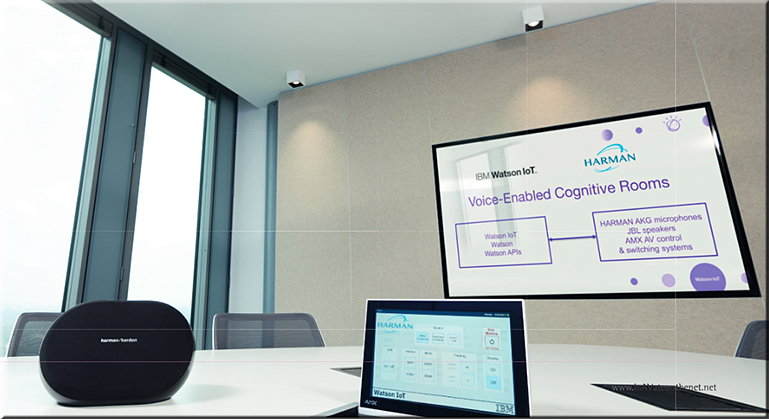
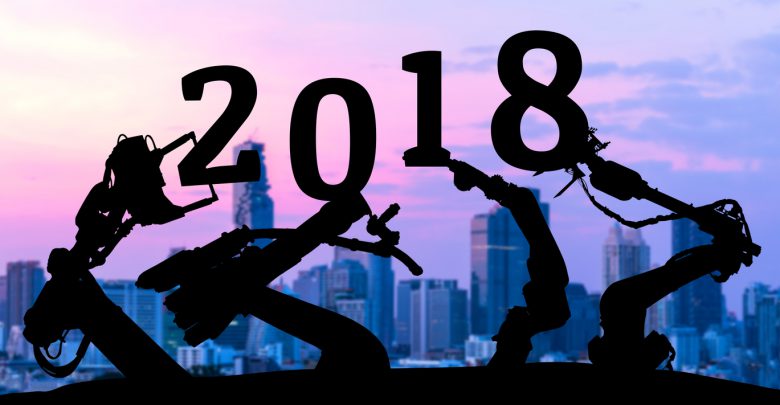
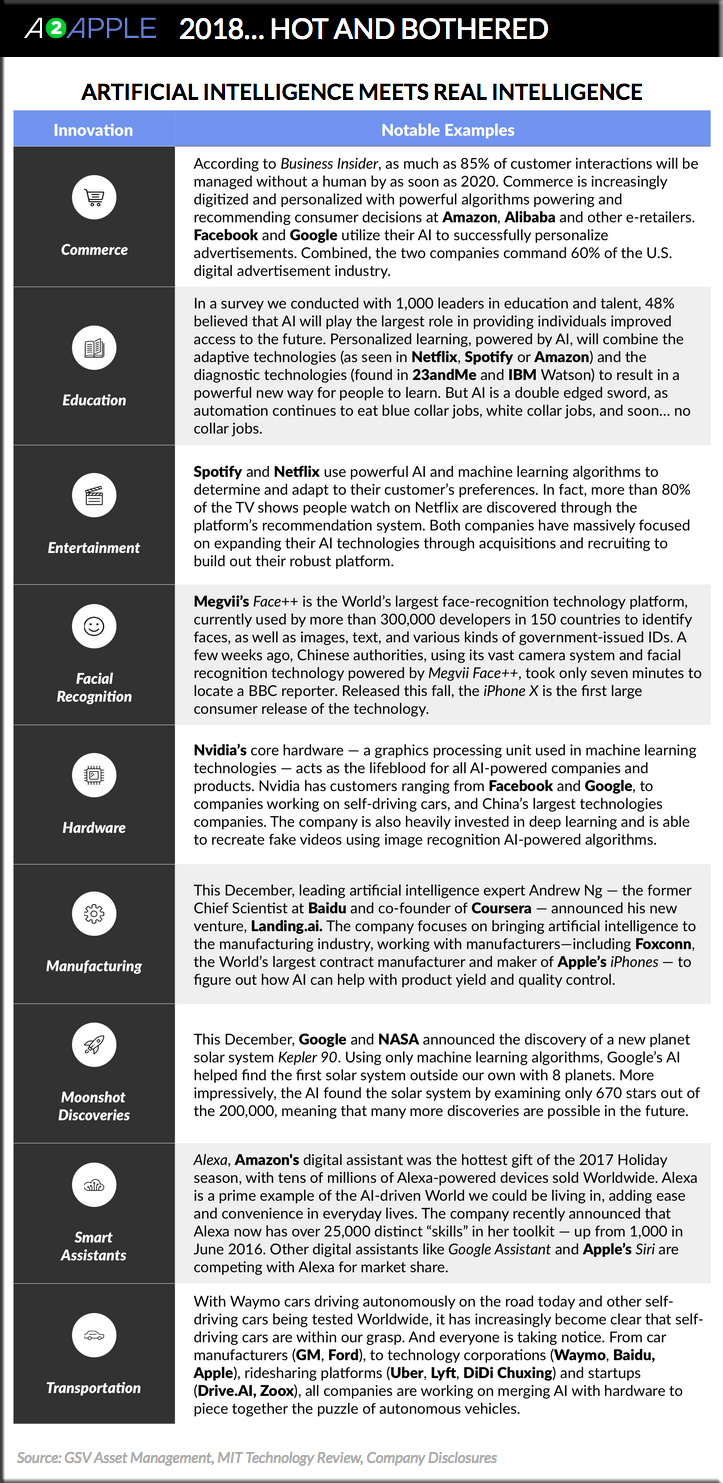
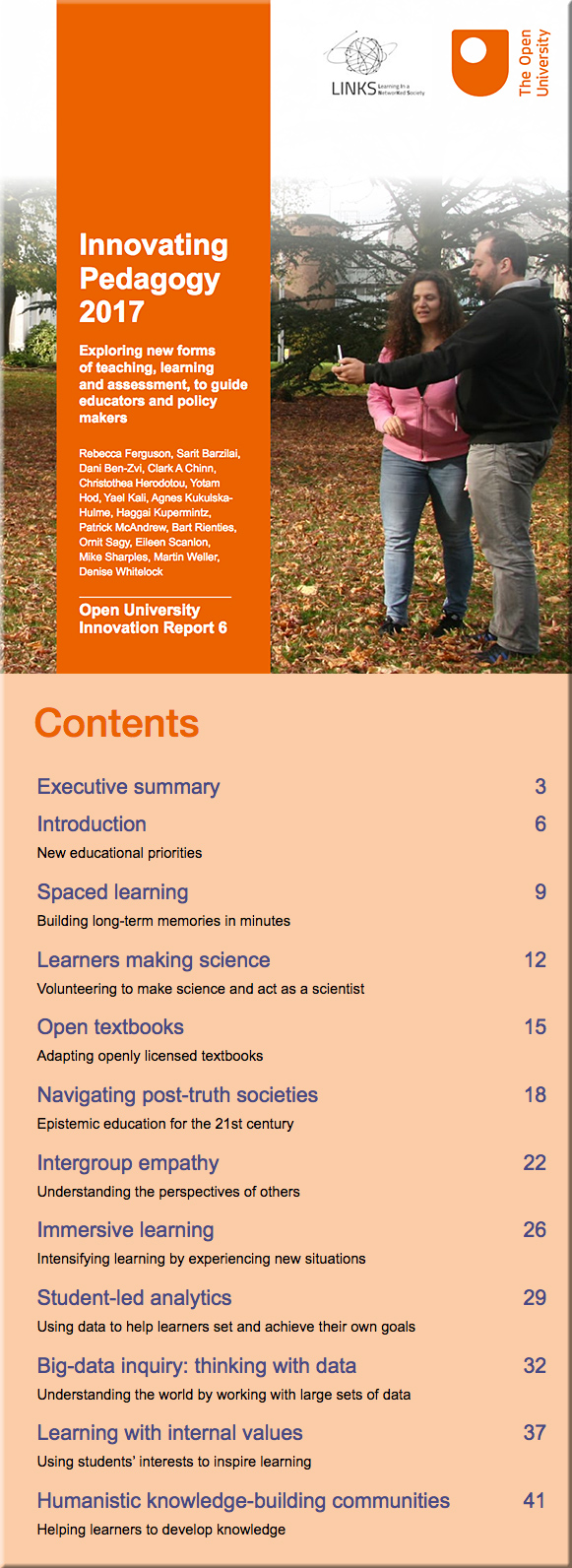
![The Living [Class] Room -- by Daniel Christian -- July 2012 -- a second device used in conjunction with a Smart/Connected TV](http://danielschristian.com/learning-ecosystems/wp-content/uploads/2012/07/The-Living-Class-Room-Daniel-S-Christian-July-2012.jpg)
